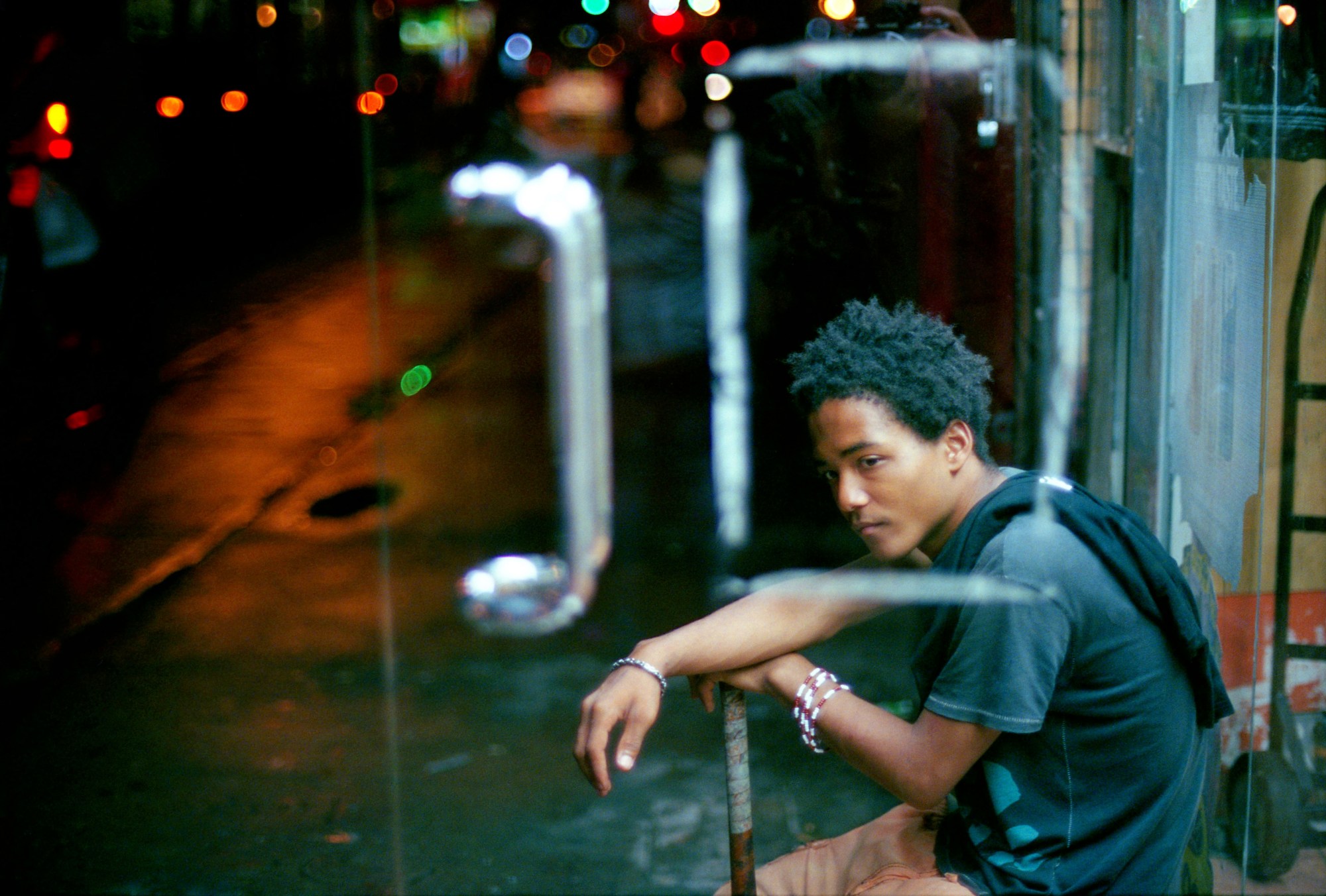Award-winning director, 2020 Magnum nominee, image-maker and storyteller, Khalik Allah is the kind of artist that no longer needs an introduction. He’s become increasingly famous in recent years both for his photography work, and as director of poignant documentary films like Black Mother. Released in 2018, the immersive and meditative documentary follows Khalik’s spiritual journey through his motherland, Jamaica.
“The people are the most important thing in my work,” Khalik says over the phone from Jamaica, where he’s been shooting portraits for a new pootential photo book. He says he is always working, documenting and taking photographs wherever he goes. Spending a lot of time in Harlem over the past 10 years means he’s been collecting a wide range of photographs, documenting the streets and its people. His images focus on shooting — in his own words — the people who, when you walk in a city, you don’t usually make eye contact with. “The people who I photograph, most people wouldn’t stop and speak to them because they just want to get away from them as soon as they can,” he adds, talking about his portraits of folks on the streets in Harlem. “But I think that’s what makes my photographs stand out. I’m approaching these people, telling them they’re beautiful and trying to show the world that they’re beautiful. That’s what it’s about.”
Khalik’s process for street photography is straightforward: he simply approaches anybody he comes across and asks them if he can take their picture. It’s something, he says, that they never forget. “They remember being complimented because that’s what I do,” he says. “I usually don’t speak much, but sometimes I’m trying to explain that this is important, that their story is important and that we’re building history right now. Harlem is changing daily; it’s being gentrified over and over. The photographs might not seem to be so important right now, but in 20 years, it sure will be.”
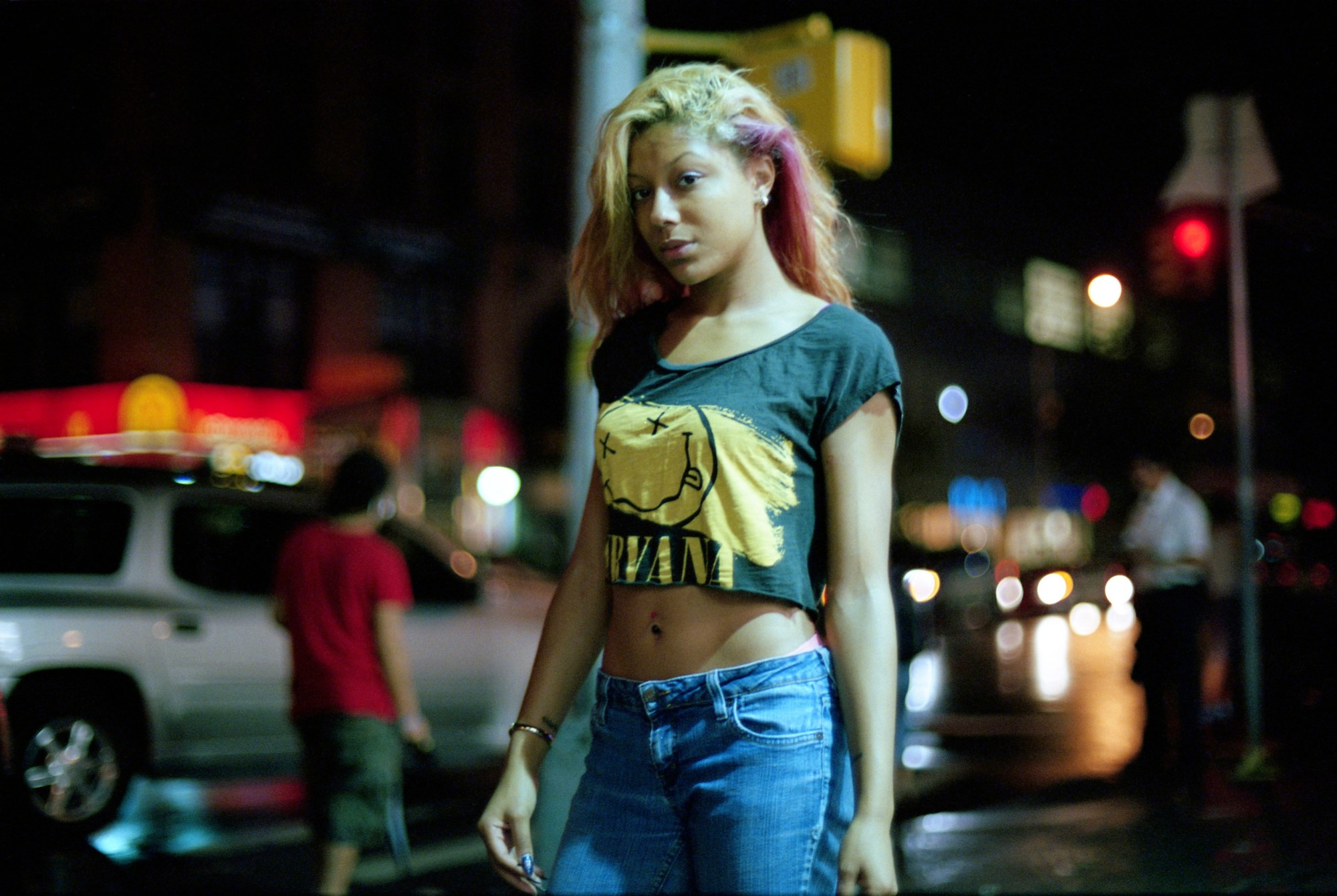
Despite the changing backdrop of the area, the photographer aims to focus on capturing people’s faces, rather than landscapes. The city can be seen in their faces. Through their eyes and expressions, the life that that person’s lived is revealed, and a piece of their energy comes across. “For me, it’s all about the love,” he says. “When I’m in the streets I see love, and I see the relationships that I’ve built through photography, which at the end, are way more important than the actual photograph. All of my work is personal; it’s coming from the person, myself and I’m keeping it real.”
Khalik was educated by the Five Percent Nation, an outreach movement for the education and development of inner city Black youth based in Harlem. “I met some Five Percenters in the streets, and they were telling me about the speed of light and sound, they were speaking facts,” he says. “That attracted to me. I gravitated to these teachings and it helped me find inspiration.” The Five Percent Nation shaped the psychology of a lot of Black youth by giving them Knowledge of Self, on top of history and mathematics lessons. “When you’re born in America as a black person, everything has been stripped away from you. You have no knowledge of your history, of Black people’s contributions to world history prior to American slavery,” he adds. It’s this knowledge the Five Percent Nation offers, along with teachings on metaphysics. “We don’t believe in death, we understand we’re internal beings. It’s about really understanding your own power as a man or a woman in this world, that you are not helpless or weak.”
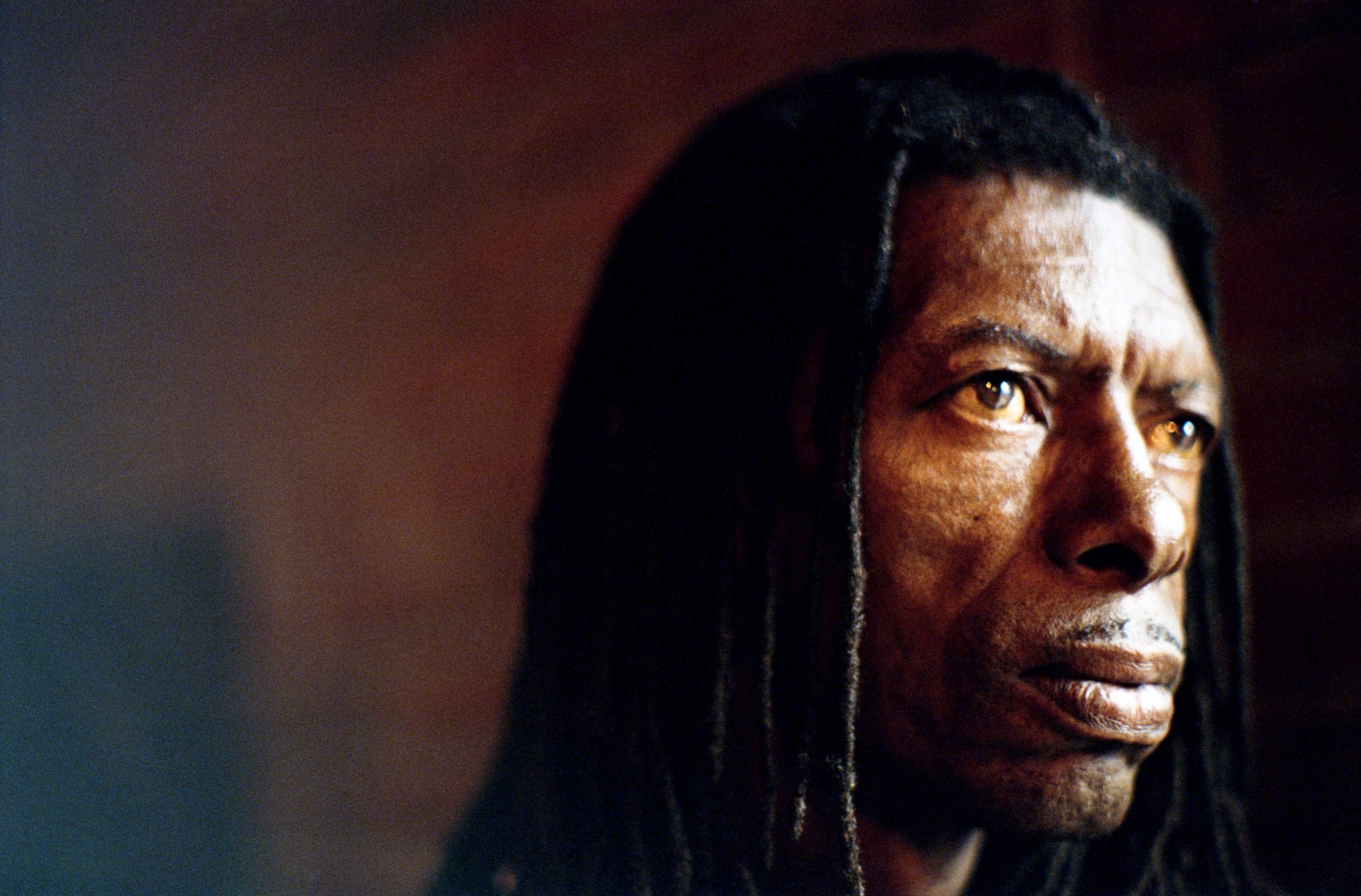
“When I photograph people, I don’t see any separation between them and me,” Khalik says. “I feel like I’m photographing myself, and I am them, and that’s how my mind is based off the things that I’ve learnt.”
Despite his success as a photographer, growing up Khalik never expected he would go into this kind of image making. In fact, he favoured moving image, finishing his first feature movie, Popa Wu: A 5% Story, at 25 years old. The movie, which took four years to make, is a journey into the psyche of Popa Wu, a music producer and mentor to the Wu-Tang Clan, and a prominent member of the Five Percent Nation. “Popa Wu and I had a beautiful brotherhood, even though we have almost 30 age years difference,” he says. “But while making this movie, he would give me military training. So when that film was done, I didn’t want to do another film, I wanted to do something else. That’s when photography came to my life.”
It was that same year that Khalik grabbed his first film camera, taking pictures of Wu-Tang Clan hanging out with him in Long Island. “My brother wouldn’t let me borrow his camera, so I borrowed my father’s one, a Canon AE1,” he says. “I had never seen a camera like that! I thought they were all replaced by the digital ones,” he says. “Everything was manual and I was stunned, I could treat photography like filmmaking now, treat it like a science.”
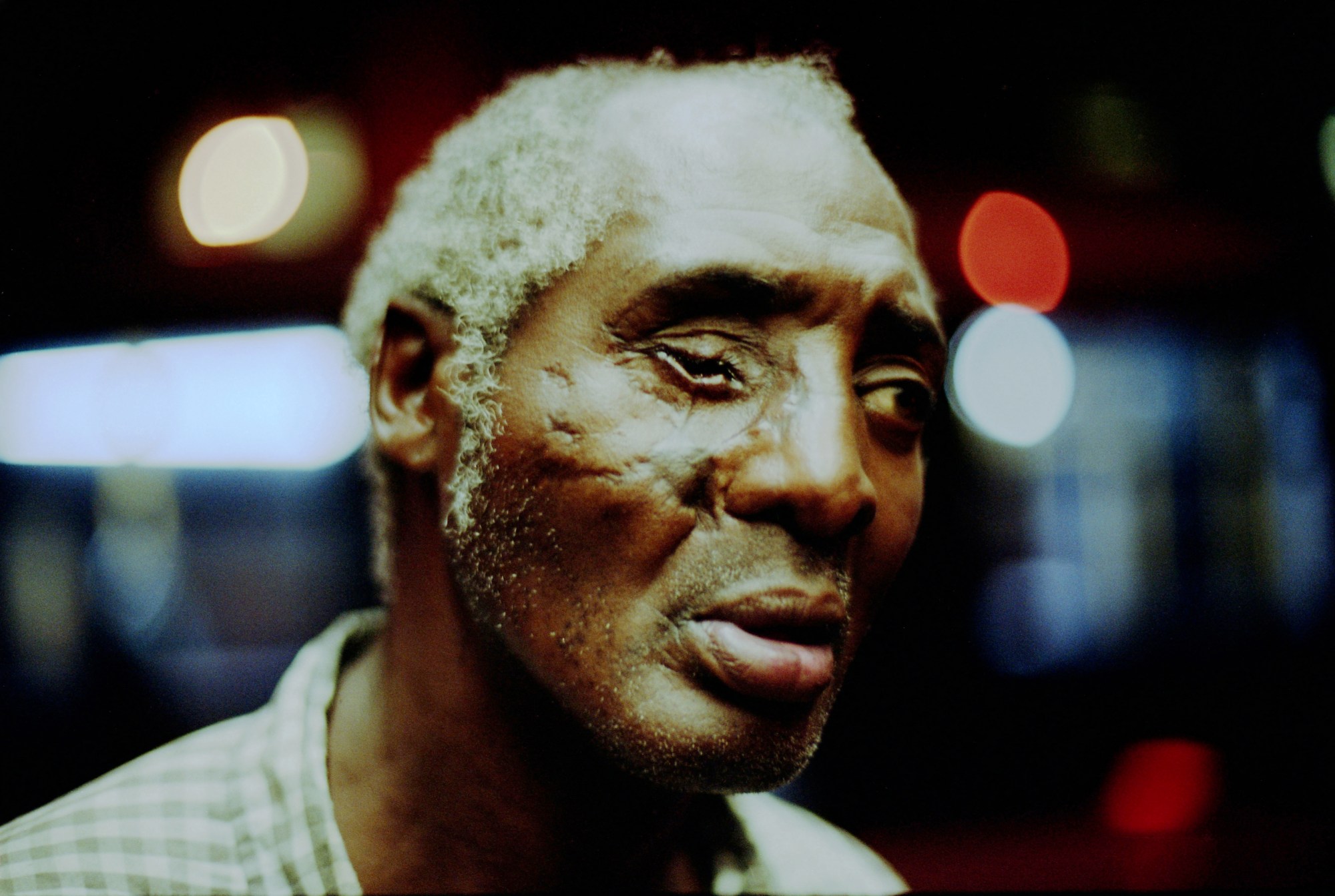
And since those nascent images of the Five Percent Nation and the Wu-Tang Clan, music has always been a big inspiration for Khalik. He now calls himself a ‘visual MC’. “I look at the camera itself as a musical instrument, it’s not just an instrument to take pictures, it resonates. I look at it almost like a saxophone you know!” He says. “When I’m shooting in Harlem, the area where I walk and where I take photographs, that’s where Miles Davis, John Coltrane and Nina Simone used to walk; they all used to walk all through those places where I’m photographing.”
Still very much linked to the hip-hop scene today, Khalik is going on tour with Nas and the Wu-Tang Clan this October. “When I’m taking pictures of rappers, it’s because they inspire me to find my own voice in this way,” he says. “Growing up in hip-hop, that in itself was a big education. When I was 12, Wu-Tang Forever came out, and the first track of that album wasn’t even a song, it’s Popa Wu talking for like five minutes. And then to know that later on we’d make a movie together… Everything’s related.”
Over the years, Khalik has acquired considerable content from the streets of New York, and built history through his images. Inspired by the writings of American artist Gordon Parks, he adds that he hopes one day to be able to share the stories he’s heard in another format. “I like to think that later on in my life, I’ll look at my notepads, my journals, my records and my films, and I’ll remember all of those stories and I’ll try to write about it with an editor,” he says. “I know that I still have a lot to learn, and I want to have a long career.”


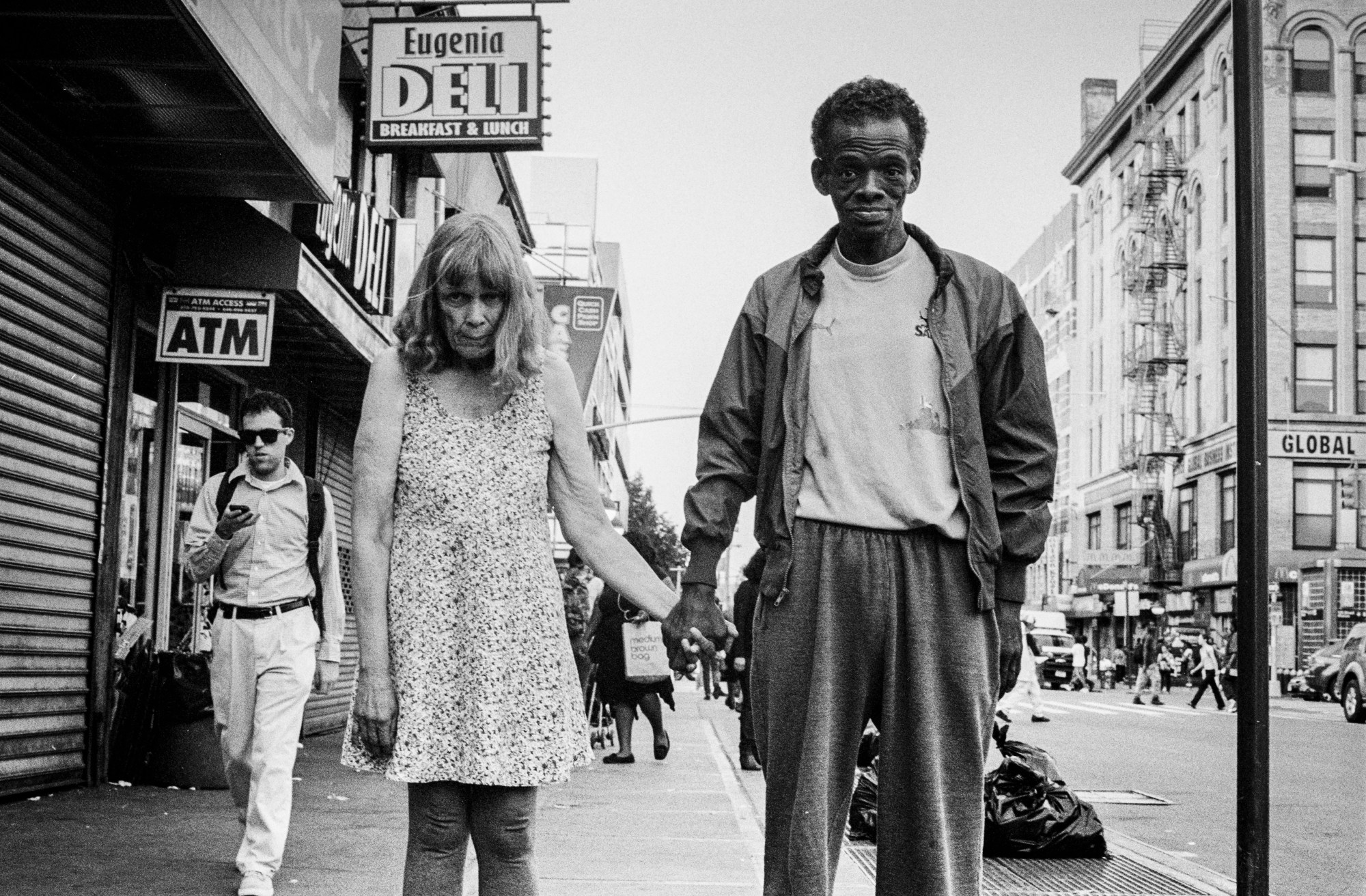
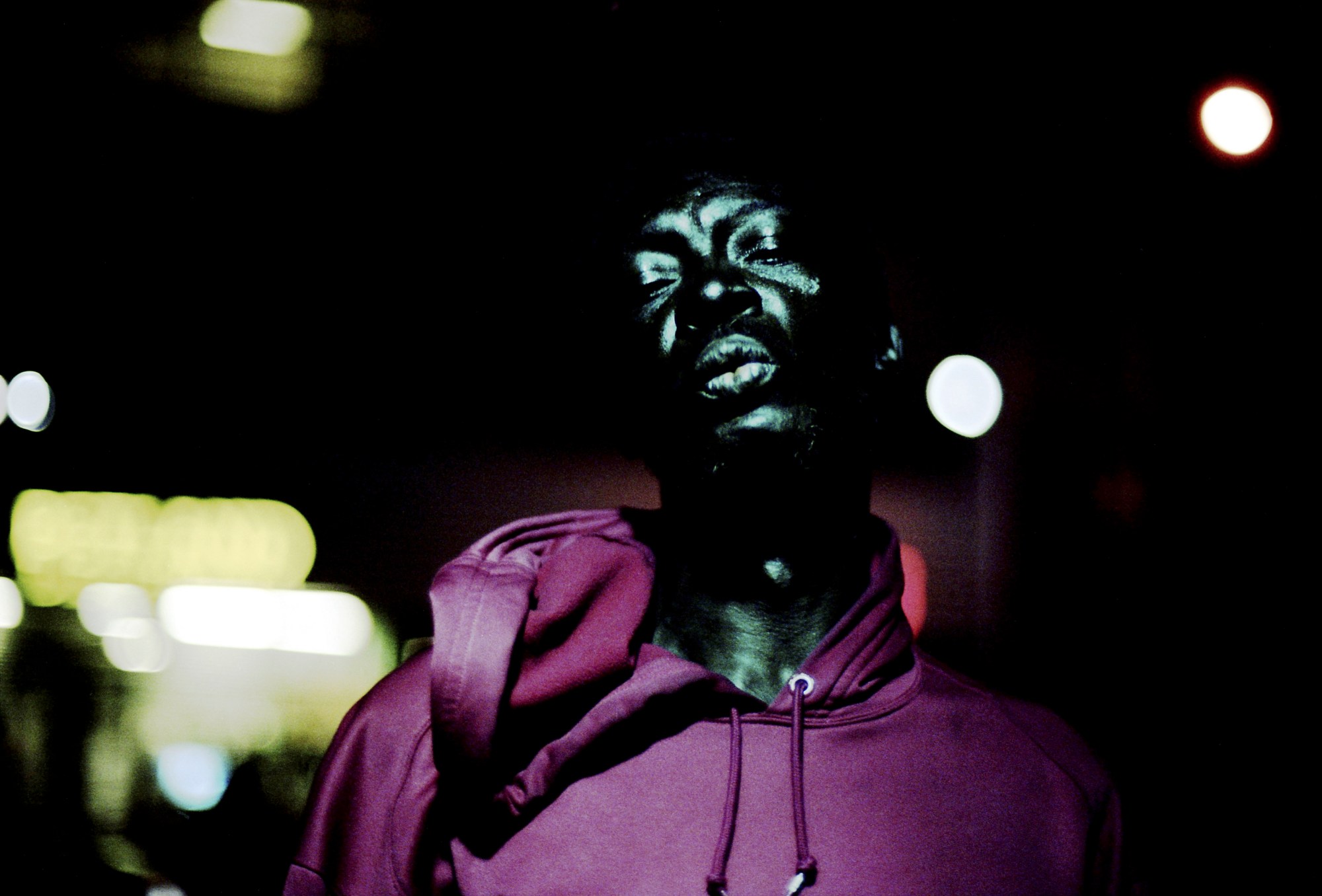
Credits
All images © Khalik Allah | Magnum Photos
